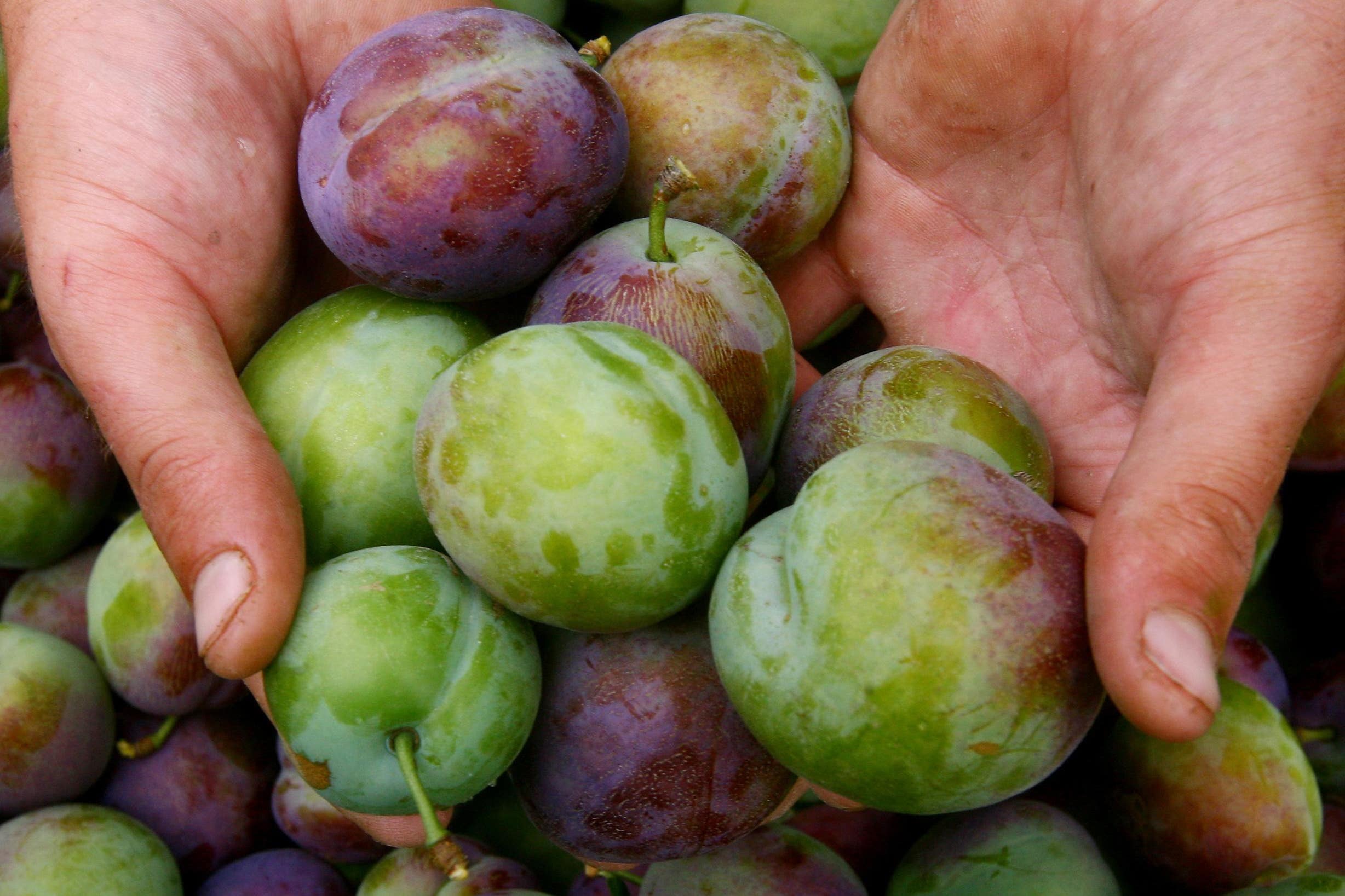AI tool could use photographs to predict harvests, researchers say
The new AI system has been developed by researchers at the National Robotarium in Edinburgh.

Your support helps us to tell the story
From reproductive rights to climate change to Big Tech, The Independent is on the ground when the story is developing. Whether it's investigating the financials of Elon Musk's pro-Trump PAC or producing our latest documentary, 'The A Word', which shines a light on the American women fighting for reproductive rights, we know how important it is to parse out the facts from the messaging.
At such a critical moment in US history, we need reporters on the ground. Your donation allows us to keep sending journalists to speak to both sides of the story.
The Independent is trusted by Americans across the entire political spectrum. And unlike many other quality news outlets, we choose not to lock Americans out of our reporting and analysis with paywalls. We believe quality journalism should be available to everyone, paid for by those who can afford it.
Your support makes all the difference.A new artificial intelligence (AI) system that counts flowers on fruit trees could help farmers boost crop yields and reduce waste, researchers have announced.
The system, developed by researchers at the National Robotarium in Edinburgh, can accurately estimate the number of flowers on fruit trees from photos taken by a standard smartphone, by recognising patterns and features, such as the edges and shapes of petals.
This information can be used to predict crop yields up to six months ahead of harvest, enabling farmers to improve their allocation of resources like water and labour, plan harvests and distribution, and reduce the quantity of wasted food.
Trials in peach orchards in Spain showed that the system was 90% accurate in its estimates of the number of flowers, compared with counts done manually, which the researchers say have error rates of 30-50%.
By focusing their efforts on areas of the farm that are expected to yield the most fruit, farmers can optimise resources, reduce their environmental footprint, and maximise both the quantity and quality of their harvest
Fernando Auat Cheein, associate professor in robotics and autonomous systems at the National Robotarium, said: “In countries all across the world, farmers often rely on manual methods to estimate their yields, which can have a significant error margin.
“By leveraging the power of AI and the convenience of off-the-shelf technology like smartphones, our approach seamlessly integrates with traditional farming practices, making it easier for growers to embrace and benefit from innovative solutions without overhauling their existing methods.”
He said that during the trial in Spain, farmers “appreciated the simplicity and accuracy of the flower-counting AI, and its potential to help them make more informed decisions about crop management, such as targeted pruning and herbicide application.”
He continued: “By focusing their efforts on areas of the farm that are expected to yield the most fruit, farmers can optimise resources, reduce their environmental footprint, and maximise both the quantity and quality of their harvest.”
The researchers will next compare the AI’s predictions with the actual peach harvest in September 2024.
If these turn out to be effective they believe the approach could be adapted for crops like apples, pears and cherries, benefiting fruit growers in Britain, Europe and beyond.
According to the researchers, agriculture currently uses about 65% of the world’s fresh water, almost half of which is wasted, while each year about 45% of fruit and vegetables produced for human consumption are lost or wasted.
The research project has been developed by academics and researchers from the National Robotarium, Federico Santa Maria Technical University in Valparaiso, Chile, and Universidad Andres Bello in Chile.
The National Robotarium is the UK’s centre for robotics and AI, and is part of the Data-Driven Innovation initiative, supported by £21 million from the UK Government and £1.4 million from the Scottish Government.
Its researchers collaborate with industry partners to develop solutions to the most pressing challenges facing the agriculture sector, from improving crop yields and quality to reducing environmental impact and enhancing sustainability.